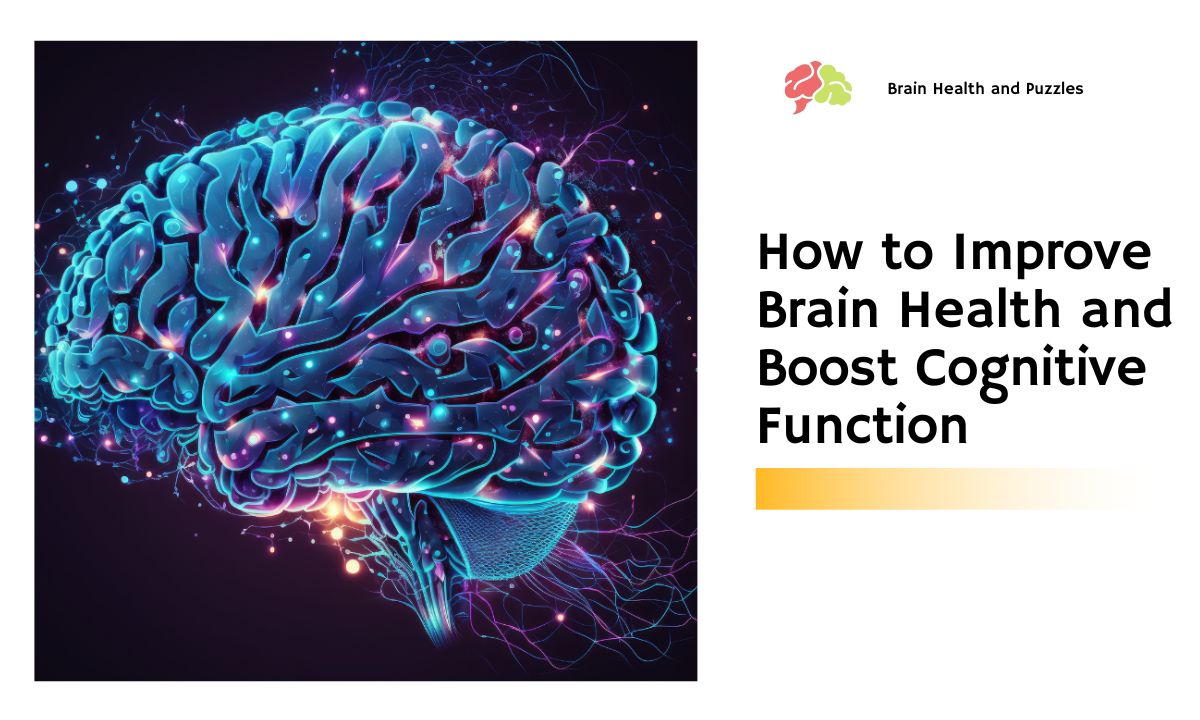History Of IQ – Inventing The Intelligence Quotient

The history of IQ dates back to the nineteenth century. It all started with the British scientist, Sir Francis Galton. Galton was obsessed with the idea that intelligence was measurable and so he devoted a lot of time and energy experimenting with this subject. He was greatly moved by Charles Darwin’s work, ‘The Origin of Species, published in 1859.
The general consensus among the scientific community in those days was that, except for the few very intelligent people and very unintelligent people at either extreme, the world mostly comprised of people of equal intelligence. Whatever people achieved was due to their hard work and their determination to succeed, not their intelligence. Galton, however, believed that mental traits varied and were inheritable. Quite a lot of his work was based on this conviction.
Galton’s thoughts on aptitude and intelligence were also influenced by the works of a Belgian statistician, Lambert Adolphe Jacques Quetelet. Quetelet was the earliest to relate statistical methods to learning about and describing an individual’s uniqueness. Later in the history of IQ, in the 1890s, James McKeen Cattell, an American student of Galton, first transported the idea and early method of intellect examination to America.
Beginnings of Intelligence Testing
By then, in France, Alfred Binet, a noted psychologist was actively developing experiments to measure children’s intelligence. This is where the history of IQ actually begins. In 1904, he was assigned by the French educational authorities to device a test to distinguish between children who were rationally standard and those who were substandard. The test was given to Parisien schoolchildren and then Binet later developed the ‘Binet Scale’, an intelligence standard built on these statistics but the Intelligence Quotient or IQ was still a ways off.
Over the course of time, the notion that an examination could determine a child’s ‘intellectual age’ turned out to be highly acceptable. By, 1912 Wilhelm Stern, a German psychologist, forwarded a theory of expressing these results as the quotient of the child’s chronological age to his or her mental age.
The Intelligence Quotient Appears
 The credit for coining the term Intelligence Quotient or IQ goes to the noted American psychologist, Lewis Terman. Terman used Binet’s scoring system and the average score was set at 100. Scores above 100 were deemed above average and scores below 100 were deemed below average in terms of intelligence.
The credit for coining the term Intelligence Quotient or IQ goes to the noted American psychologist, Lewis Terman. Terman used Binet’s scoring system and the average score was set at 100. Scores above 100 were deemed above average and scores below 100 were deemed below average in terms of intelligence.
The Binet test was passionately established across America, its validity and legitimacy widely accepted by 1916. That year, a Binet test was conducted on a prisoner as a part of his hearing for murder. The prisoner fared very badly in the test, showing a poor mental condition and very low intelligence. Considering his performance on the test the jury, for the first time in the history of IQ, acquitted him of the offense.
With the progress of time, IQ tests increasingly became popular among companies for conducting hiring exercises and selecting potential candidates. Schools also began IQ based curriculums. However, in the 1960s and ’70s with rising immigration, the IQ tests began to fall out of favor with school administrators, mostly due to inherent biases in the test questions against students from varying ethnic or cultural backgrounds.
Multiple Intelligences
IQ tests again came to the forefront with Harvard professor Howard Gardner’s theory of Multiple Intelligences advocated in 1983. Gardner described seven distinct bits of intelligence and later an eighth.
- Linguistic Intelligence: Understanding the meaning and order of words.
- Logical-Mathematical Intelligence: Understanding of math and logical systems.
- Musical Intelligence: Ability to understand and create music.
- Spatial Intelligence: Thinking in pictures, the ability to perceive the world accurately and recreate and/or alter it in your mind or on a computer/paper.
- Kinesthetic Intelligence: Understanding and skill of the use of one’s own body. Being good at sports.
- Interpersonal Intelligence: Perceiving and understanding others well, moods, motivations, aims, etc.
- Intrapersonal Intelligence: Perceiving and understanding one’s own emotions and motivations.
- Naturalist Intelligence: Ability to recognize and classify flora and fauna, plants, animals, rocks, minerals, etc. Also cultural things like clothing or food.
The idea of intelligence was vastly broadened from the typical verbal and mathematical expression with this widened approach. This led to tests including more than just verbal and math questions, they now include things like visual pattern recognition and conflict resolution. Gardner’s theory still continues to form the basis of IQ testing for many globally competitive examinations and selection procedures in schools, colleges, centers of higher learning, blue-chip companies, and leading recruiters.



